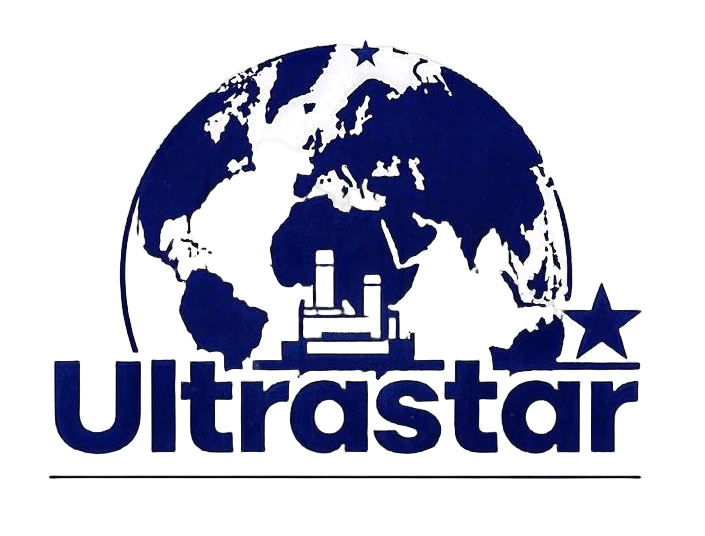Longkou Port was a fishing port in history, and gradually developed into a commercial port by the middle of the Qing Dynasty. At the end of the Qing Dynasty, it was open to navigation with Dalian, Yingkou, Dandong, Tianjin and coastal ports of Bohai Sea and Yellow Sea. In 1914, Longkou was opened as a commercial port and the construction of docks began. In 1919, using the reinforced cement concrete technology just invented in Europe and the United States, Longkou Port built a 250-meter-long and 9.8-meter-wide “iron-frame cement-style” trestle dock, which is unique in China. The commissioning of the dock caused an uproar across the country and was hailed as “the first sound in East Asian river and ocean engineering.” Since then, Longkou has been “full of business”, and the number of ships traveling to and from Longkou Port has increased dramatically, and it has been open to navigation with many ports at home and abroad. At that time, there were more than 50 vermicelli shops near the port, and the annual export of vermicelli was 26.2 million kilograms, accounting for 86% of the exported materials. In 1937, the number of vermicelli shops increased to more than 300. After the founding of New China, with the development of the economy, the port has been continuously expanded. In December 1984, Longkou Port was officially opened to the outside world and became a first-class open port. In 1990, the total length of the Longkou Port wharf was 1,584.4 meters, with 14 berths, including 3 10,000-ton berths. By 2010, the wharf had a shoreline of 5,518.7 meters and 28 berths. Longkou Port had 17 berths of more than 10,000 tons. Among them, there were 6 50,000-ton berths and 4 100,000-ton berths, making it one of the four billion-ton port areas built in Shandong Province. It has established navigation and trade relations with more than 90 countries and regions in the world. It is the first direct-flight port to Taiwan, the national northern coal export loading port, and the national crude oil storage qualification port. With the prosperity of the port, port-side enterprises have also made great progress. By 2010, port-side enterprises have developed into four major industries involving port-side logistics, marine engineering equipment, port-side processing, and chemical rubber and plastics. Among them, there are 42 large-scale enterprises, with main business income reaching 2022468 million yuan. Among them, 23 companies had main business income of over 100 million yuan, and 7 companies had main business income of over 1 billion yuan, namely: Longji Group Co., Ltd., Longkou Xinglong Tire Co., Ltd., Shandong Longkou Battery Factory, Shandong Xingmin Steel Rim Co., Ltd., Shandong Longkou Shuanglong Chemical Co., Ltd., Longkou Huadong Gas Co., Ltd. and Shandong Jinfeng Artificial Leather Co., Ltd. The highest main business income of Longji Group Co., Ltd. reached 4.058 billion yuan.
The purpose of cultivating and developing ports and port-related industries is to accelerate the implementation of the strategies of “prospering the city with ports” and “strengthening the city with ports and shipping” based on the original enterprises, further promote the expansion and upgrading of ports and port-related industries, and promote the sound and rapid development of the city’s economic construction.
1. Work objectives
By 2015, the city’s port production berths will reach 35. Among them, there will be 12 berths above 100,000 tons, 5 berths of 50,000 tons, and 7 berths of 10,000 tons. The total shipping capacity of the city will reach more than 200,000 deadweight tons. The cargo throughput will reach 100 million tons and the container throughput will reach 1 million TEUs. The main business income of port-related industries exceeded 100 billion yuan, and the number of enterprises with main business income exceeding 100 million yuan reached more than 50, including 15 with over 1 billion yuan and 5 with over 5 billion yuan; the number of enterprises with local tax revenue exceeding 1 million yuan reached 40; by 2020, the city’s port production berths will reach more than 45, the cargo throughput will exceed 200 million tons, the container throughput will reach 2 million TEUs, and the main business income of port-related industries will exceed 200 billion yuan.

2. Work focus
Take project construction as the starting point, coordinate port area construction and industrial development, promote the optimization and upgrading of port-related industries and port-related logistics industries, and make new breakthroughs in enhancing port pulling power, strengthening industrial clusters, highlighting the status of the real economy, and building a blue industrial system.
1) Accelerate the development and expansion of port-related industries
Give full play to the core supporting role of port-related industries, and build four major industrialization bases in accordance with the development idea of ”large projects-industrial chains-industrial clusters-manufacturing bases”. Relying on deep-water docks and chemical industry clusters, build a regional chemical industry base; relying on the country’s only large-scale coastal coalfield and power industry clusters, build an energy base; relying on high-quality shoreline resources and marine engineering and shipbuilding clusters, build a marine engineering construction base represented by world-class jack-up drilling platforms; relying on special grain berths, build a high-tech-led agricultural and sideline and marine product deep processing base. By the end of the “12th Five-Year Plan”, the main business income of port-related industries will exceed 80 billion yuan.
2) Accelerate the construction of a modern port logistics system
With Longkou Port and Qidao Port as the core, we will strive to build a provincial marine characteristic industrial park integrating logistics, warehousing, transportation, distribution, e-commerce and other service functions; based on the main cargo types, we will integrate logistics resources and strive to build brand-specific logistics industry chains such as coal, bauxite, liquid chemicals, China-Africa general cargo liners, timber, containers, and grain; relying on the inland hinterland, we will guide port enterprises to actively cooperate with transshipment ports, dry ports, logistics parks, production and processing and trading enterprises to form a logistics service network that combines points, lines and surfaces in the hinterland. , lengthen the logistics chain; accelerate the resumption of passenger and cargo ro-ro routes, and take this opportunity to attract well-known shipping companies to set up independent legal person branches or regional headquarters in Longkou, encourage key water transport companies such as Hualu Shipping to accelerate the adjustment of transport capacity structure, improve fleet size and management level, and expand the market share of our city’s shipping industry; fully accelerate the construction of bonded logistics centers, expand bonded warehousing, processing value-added, export tax rebates and other functions; accelerate the construction of special cargo trading platforms; encourage foreign port cargo companies to set up production bases in Longkou, register trading companies, stabilize port cargo sources, and cultivate new economic growth points.
3) Focus on accelerating the integrated development of port and city
Adhere to high-starting point planning, high-standard construction, and high-efficiency management, and strive to build a modern port new area. Focus on accelerating the construction of road networks such as Huanhai Road and Heping North Road, and do a good job in power supply, water supply, drainage, heating, gas supply, lighting, greening and other projects to ensure that by the end of the “12th Five-Year Plan”, the development zone will have complete supporting facilities, strong carrier functions, and a beautiful ecological environment.



